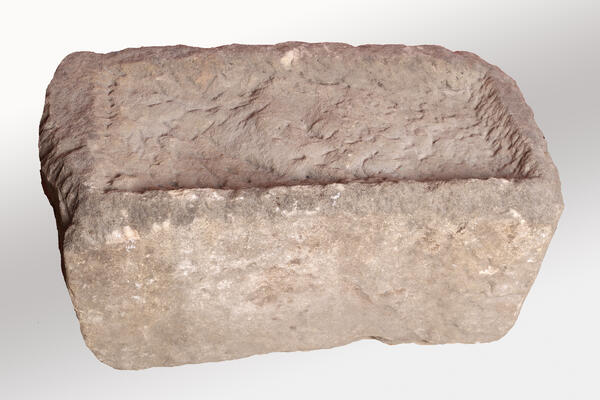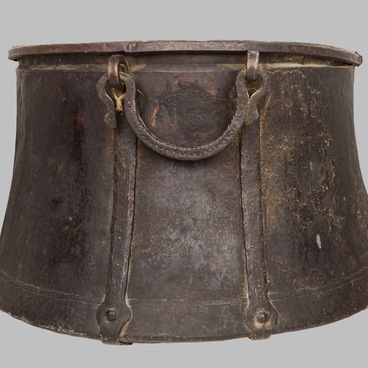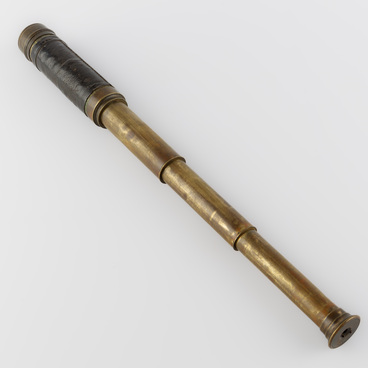Dolmens of the West Caucasus are ancient stone burial structures belonging to the category of megaliths. They are common from Anapa to Ochamchire in Abkhazia. Most of the dolmens have a rounded hole in the front wall, which is closed with a stone plug. Archaeologists attribute these structures to the Bronze Age.
Near the dolmens, a large number of stones make up the so-called dolmen courtyard. In ancient times, various rituals venerating the ancestors were performed there. People believed that both worlds — this world and the other world — are connected to each other. Leaving a dead body unburied was considered the most terrible punishment: in this case, the deceased person was unable to proceed to the afterlife, and their soul was doomed to eternal torment. If the rites were followed, then the person continued his existence in the afterlife and could influence the world of the living. Dead ancestors became the clan’s protectors and could communicate with gods and spirits on behalf of their descendants, helping the latter solve their problems. To ensure this, various offerings were made, which were placed both inside the dolmen and next to it in specially designated places.
In 1967, during a scientific expedition, the museum’s employees found a ritual stone, an “altar”, in one of the dolmen courtyards. Most likely, it was designed for such offerings. The “altar” was found on the right bank of the Zhane River, 10 km east of Gelendzhik, on the territory of the Zhane I dolmen group. It is made of sandstone, the most durable stone found in the Northwest Caucasus. Sandstone was much less hard than marble and granite, which is why it was actively used for building various structures even in ancient times. As a rule, bronze or stone tools were sufficient for processing sandstone. The ritual stone is dated to the 2nd millennium BC.
Near the dolmens, a large number of stones make up the so-called dolmen courtyard. In ancient times, various rituals venerating the ancestors were performed there. People believed that both worlds — this world and the other world — are connected to each other. Leaving a dead body unburied was considered the most terrible punishment: in this case, the deceased person was unable to proceed to the afterlife, and their soul was doomed to eternal torment. If the rites were followed, then the person continued his existence in the afterlife and could influence the world of the living. Dead ancestors became the clan’s protectors and could communicate with gods and spirits on behalf of their descendants, helping the latter solve their problems. To ensure this, various offerings were made, which were placed both inside the dolmen and next to it in specially designated places.
In 1967, during a scientific expedition, the museum’s employees found a ritual stone, an “altar”, in one of the dolmen courtyards. Most likely, it was designed for such offerings. The “altar” was found on the right bank of the Zhane River, 10 km east of Gelendzhik, on the territory of the Zhane I dolmen group. It is made of sandstone, the most durable stone found in the Northwest Caucasus. Sandstone was much less hard than marble and granite, which is why it was actively used for building various structures even in ancient times. As a rule, bronze or stone tools were sufficient for processing sandstone. The ritual stone is dated to the 2nd millennium BC.



